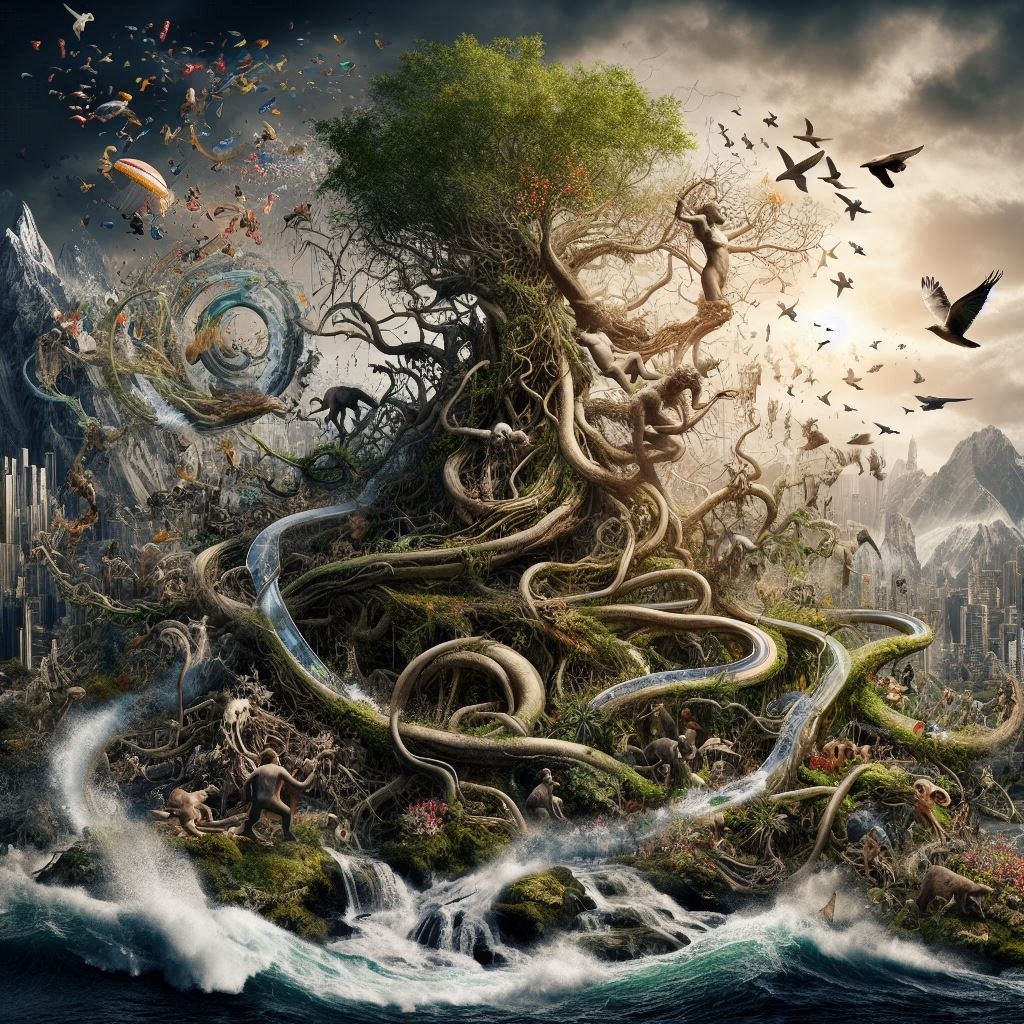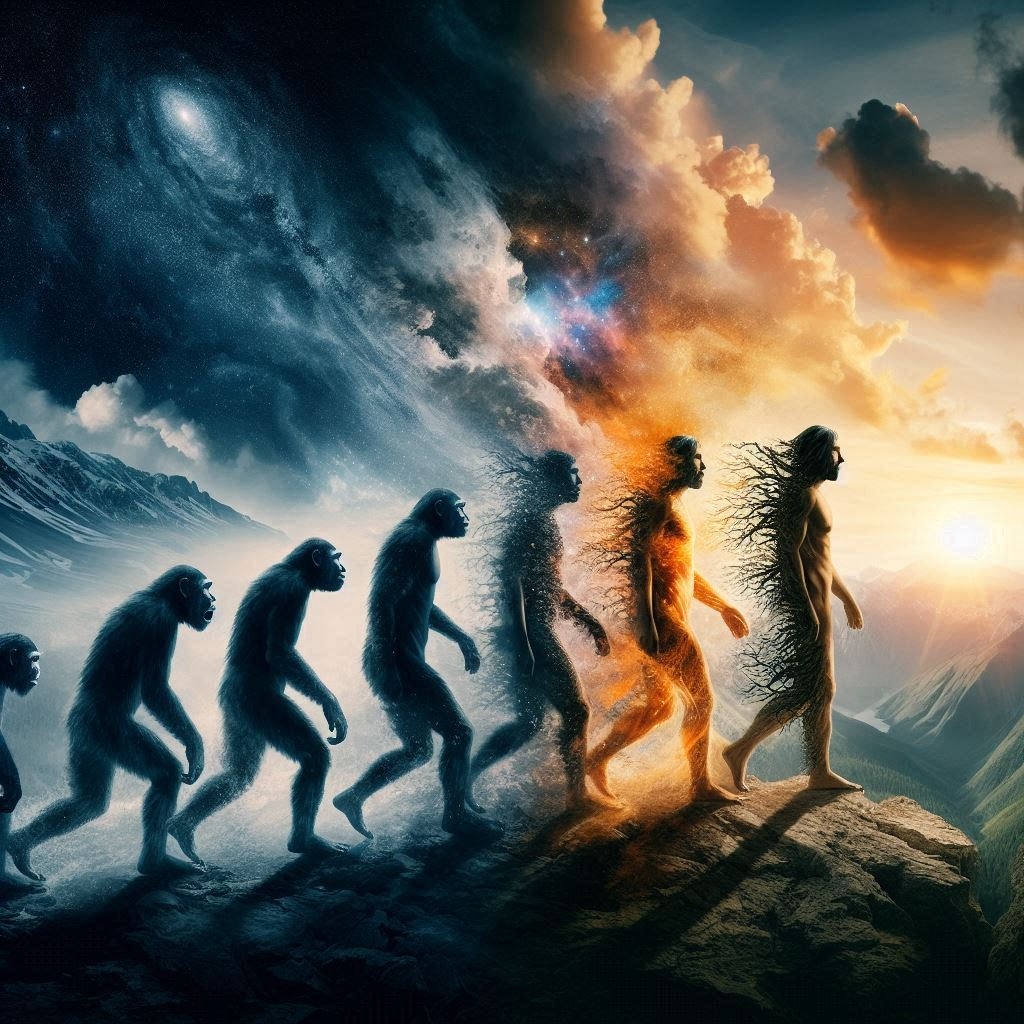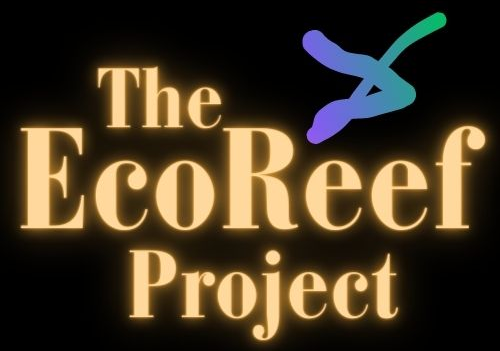
EcoHistory & Humans
Throughout history, humans have been shaped and defined by the natural world surrounding them. From the food they eat to the materials they use, the plants and ecosystems of a region have always played a vital role in the development of civilizations. As we face unprecedented environmental challenges today, understanding this relationship and its significance has never been more important.
The Historical Bond Between Humans and Plants
In ancient times, humans were hunter-gatherers, relying on local flora for sustenance, medicine, and shelter. The availability of certain plants often dictated the movement and settlement patterns of early human communities. For instance, the fertile crescent in the Middle East, known for its rich diversity of plant species, became the cradle of agriculture. Here, early humans learned to cultivate crops like wheat and barley, leading to the rise of settled farming communities and, eventually, complex civilizations.
As societies evolved, so did their interactions with local plant life. In ancient Egypt, the papyrus plant was not just a symbol of the Nile’s bounty but also an essential resource for making paper, contributing to the administrative efficiency and cultural richness of the civilization. Similarly, in Mesoamerica, the cultivation of maize (corn) was central to the development of powerful cultures like the Maya and Aztec, who revered this crop in their mythology and daily life.

Plants and Ecosystems as Cultural and Identity Markers
Plants and ecosystems do more than sustain life—they shape cultural identities. Indigenous peoples around the world have deep connections to their local flora and ecosystems, which are integral to their traditions, spiritual beliefs, and ways of life. For example, the Aboriginal peoples of Australia have lived in harmony with the land for tens of thousands of years, using native plants for food, medicine, and tools. Their deep ecological knowledge and sustainable practices are a testament to the profound bond between humans and the environment.
In the Pacific Northwest of North America, the cedar tree holds immense cultural significance for Indigenous tribes. This tree is not only a source of wood for canoes, totem poles, and longhouses but also a symbol of strength and resilience in their culture. The relationship between these communities and the cedar tree highlights how local flora can shape cultural practices and identities.
The Importance of Local Ecosystems in the Modern World
Today, the relationship between humans and their local ecosystems is more important than ever. Rapid urbanization, industrialization, and climate change are putting immense pressure on natural environments. As we witness the loss of biodiversity and the degradation of ecosystems, the consequences for human societies are becoming increasingly evident.
Healthy ecosystems provide essential services that sustain human life, including clean air and water, pollination of crops, and climate regulation. The plants within these ecosystems play a crucial role in maintaining these services. For example, forests act as carbon sinks, absorbing large amounts of carbon dioxide and mitigating the impacts of climate change. Wetlands filter pollutants from water and provide habitats for a diverse range of species.

Reconnecting with Nature for a Sustainable Future
Reconnecting with local ecosystems and appreciating the plants that define them is vital for building a sustainable future. This involves not only conserving and restoring natural habitats but also recognizing the value of traditional ecological knowledge held by Indigenous and local communities. By learning from these practices and integrating them with modern conservation efforts, we can create more resilient and sustainable ecosystems.
Urban areas, too, have the potential to become greener and more sustainable. Urban gardening, green roofs, and community parks can bring nature back into cities, providing numerous benefits for both people and the environment. These green spaces can improve air quality, reduce urban heat islands, and enhance the well-being of residents.
How Understanding This Idea Can Inspire Change
Recognizing the intricate relationship between humans and their local ecosystems can drive meaningful action to protect and restore our environment. Here are some ways this understanding can inspire us to do better.

Promoting Biodiversity
By valuing the plants and animals in our local ecosystems, we can take active steps to protect endangered species and preserve their habitats. This can include supporting conservation initiatives, participating in habitat restoration projects, and advocating for policies that protect biodiversity.
Sustainable Living Practices
Understanding the importance of local flora can encourage us to adopt more sustainable lifestyles. This might involve reducing our reliance on non-renewable resources, minimizing waste, and choosing locally sourced, sustainable products that have a lower environmental impact.
Community Engagement and Education
Educating ourselves and others about the significance of local ecosystems fosters a sense of stewardship and collective responsibility. Community-driven environmental programs, such as tree planting, clean-up drives, and ecological workshops, can empower individuals to take action and make a positive impact.
Integrating Traditional Knowledge
Learning from Indigenous and local communities who have historically lived in harmony with their environments can provide valuable insights into sustainable practices. Integrating this knowledge into contemporary conservation efforts can enhance their effectiveness and ensure a more inclusive approach to environmental management.
Climate Change Mitigation
Recognizing the role of local ecosystems in regulating climate can motivate us to support initiatives that combat climate change. This can include advocating for green infrastructure, supporting reforestation projects, and reducing our carbon footprint through energy-efficient practices.
The Need for Local Action and Global Awareness
While individual actions are crucial, collective efforts at local, national, and global levels are necessary to address the environmental challenges we face. Communities can work together to restore degraded ecosystems, protect natural habitats, and promote sustainable agricultural practices that conserve biodiversity.
On a global scale, international cooperation and policy-making are essential for addressing issues like climate change, deforestation, and pollution. Collaborative efforts can lead to more effective solutions and shared responsibility for preserving our planet’s health.
How This Perspective Shapes Our Understanding of History
Understanding the relationship between humans and their local ecosystems has profound implications for how we view history. Traditionally, historical narratives have often focused on political events, military conquests, and economic developments. However, incorporating the ecological context provides a richer, more nuanced understanding of human societies and their evolution.
Environmental Impact of Historical Events
By examining the role of ecosystems in historical events, we can gain insight into how environmental factors influenced the outcomes. For example, the collapse of ancient civilizations like the Maya and Easter Island’s society can be better understood through the lens of environmental degradation and resource mismanagement.

Cultural Evolution
Understanding the connection between people and their local flora helps us appreciate how cultures have evolved in response to their environments. This perspective highlights the ingenuity and adaptability of human societies in utilizing and preserving their natural resources.
Recognition of Indigenous Knowledge
Acknowledging the ecological wisdom of Indigenous and local communities challenges the traditional Eurocentric narratives of history. It brings to light the sustainable practices and deep ecological knowledge that have allowed these communities to thrive for millennia.
Historical Lessons for Modern Challenges
By studying how past societies interacted with their environments, we can draw lessons for addressing contemporary environmental challenges. The successes and failures of historical civilizations in managing their ecosystems provide valuable insights into sustainable practices and the consequences of neglecting environmental stewardship.
Conclusion
The intricate relationship between humans and their local plants and ecosystems has defined our history and continues to shape our present and future. As we face environmental challenges, recognizing and nurturing this bond is more important than ever. By valuing the natural world and working towards sustainable practices, we can ensure that our ecosystems continue to thrive, supporting the health and prosperity of generations to come.
Join the Discussion
The intricate relationship between humans and their local ecosystems has shaped our history and continues to influence our present and future.
How do you see the connection between humans and their local ecosystems in your own life or community?
What are some historical events where you think the role of local flora and ecosystems was significant?
How can we better integrate traditional ecological knowledge into modern conservation efforts?
What steps can individuals and communities take to promote biodiversity and sustainability in their local areas?
How has understanding the relationship between humans and their environment changed your perspective on historical narratives?







NY weekly Nice post. I learn something totally new and challenging on websites